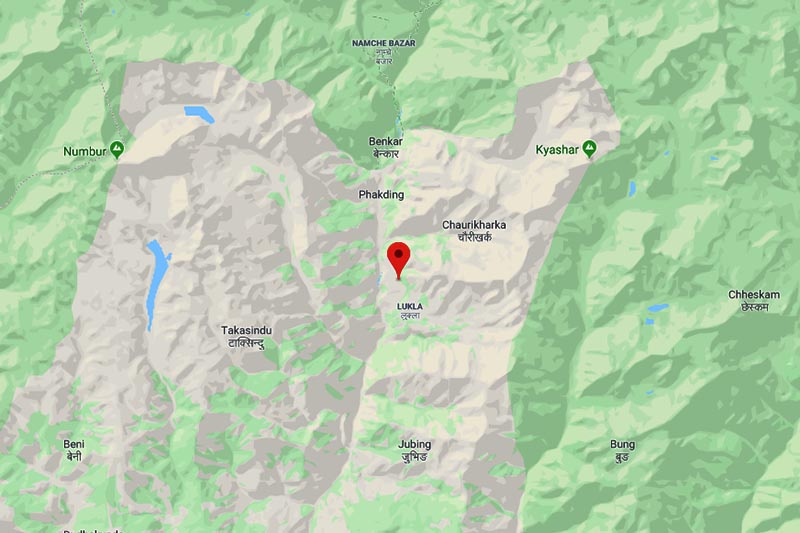Khumbu Pasang Lhamu top royalty earner
Kathmandu, December 24
Khumbu Pasang Lhamu Rural Municipality of Solukhumbu district has topped the chart of natural resource royalty earners at the local level, generating Rs 115 million in income in the last fiscal from the use of mountains, rivers, forests and mines.
Next in the league table of top natural resource royalty earners is Tamakoshi Rural Municipality of Dolakha district (Rs 88.9 million), followed by Gokulganga Rural Municipality of Ramechhap district (Rs 78.7 million), Bidur Municipality of Nuwakot district (Rs 35.5 million) and Bhotekoshi Rural Municipality of Sindhupalchowk district (Rs 33 million).
This is the first time the federal government has distributed royalty collected from use of four natural resources — mountains, rivers, forests and mines — at the local level. The royalty generated in the last fiscal was disbursed last week.
Of the 753 local units across the country, 576 local governments, or 76.5 per cent, had received royalty from use of natural resources. The federal government had distributed Rs 1.4 billion in royalty among these local governments.
The federal government distributes 25 per cent of the total royalty generated from the use of natural resources at the local level and another 25 per cent among seven provinces. It keeps 50 per cent of such royalty.
As per this formula, seven provinces received Rs 1.4 billion in royalty, with Province 3 becoming the highest revenue earner (Rs 531.1 million), followed by Gandaki (Rs 285.9 million) and Lumbini (Rs 250.9 million).
The federal government retained Rs 2.9 billion in royalty collected from use of natural resources.
A big chunk of royalty was collected from the use of rivers, which house quite a number of hydropower projects.
Nepal generated Rs 748.7 million, or 52.3 per cent of the total royalty, from the use of rivers. Forests made a contribution of Rs 390.6 million to the government’s royalty, followed by mines (Rs 154.5 million) and mountains (Rs 138.4 million).
Khumbu Pasang Lhamu Rural Municipality, which emerged as top royalty earner, generated Rs 82.9 million from use of mountains and Rs 32.1 million from use of forests. This rural municipality is home to the world’s tallest peak, Mt Everest, as well as Mt Lhotse, Mt Cho Oyu, Mt Ama Dablam and Mt Nuptse. Each foreign mountaineer must fork out $11,000 in expedition royalty to climb Mt Everest.
The federal government was supposed to distribute royalty a month after the end of the fiscal, in mid-August. But it was delayed due to confusion in formula developed to distribute the royalty.
Nim Dorje Sherpa, chairman of Khumbu Pasang Lhamu Rural Municipality, said, “We should have received the royalty money from fiscal 2017-18 onwards, but the central government citing mismanagement of paperwork for its inability to do so,” he said.
Bhesh Prasad Bhurtel, deputy financial comptroller general of Financial Comptroller General Office, said they were able to distribute royalty only after detailed meeting with different government agencies since last one-and-a-half years.
Earlier, government agencies related to mountains, rivers, forests and mines had submitted a bulk figure of royalties collected, so the FCGO faced problems in segregating the royalty amount they had actually generated, he explained.






